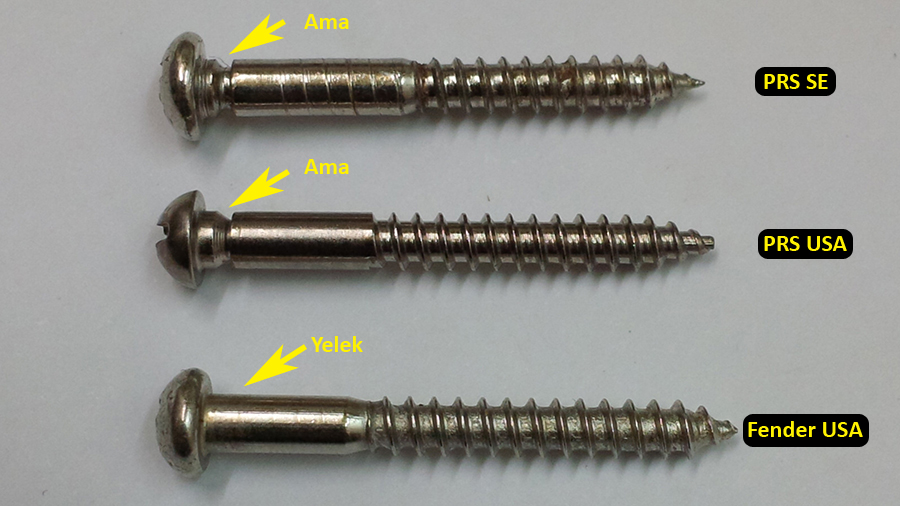I’d suggest reading through John Mann’s instructions for his replacement bridge install. As you noted, there can be a difference in the screw dimensions between the SE and the Phase II Core screws (which John’s screws are identical replacements for), so he gives specific instructions on drilling out the holes to the proper width/depth for the threaded and non-threaded portions of the screws.
PDF:
http://www.mannmadeusa.com/wp-content/uploads/2010-VintageVibrato-Mounting-Instructions-Rev-C.pdf
Video:
PDF:
http://www.mannmadeusa.com/wp-content/uploads/2010-VintageVibrato-Mounting-Instructions-Rev-C.pdf
Video:
Last edited:


